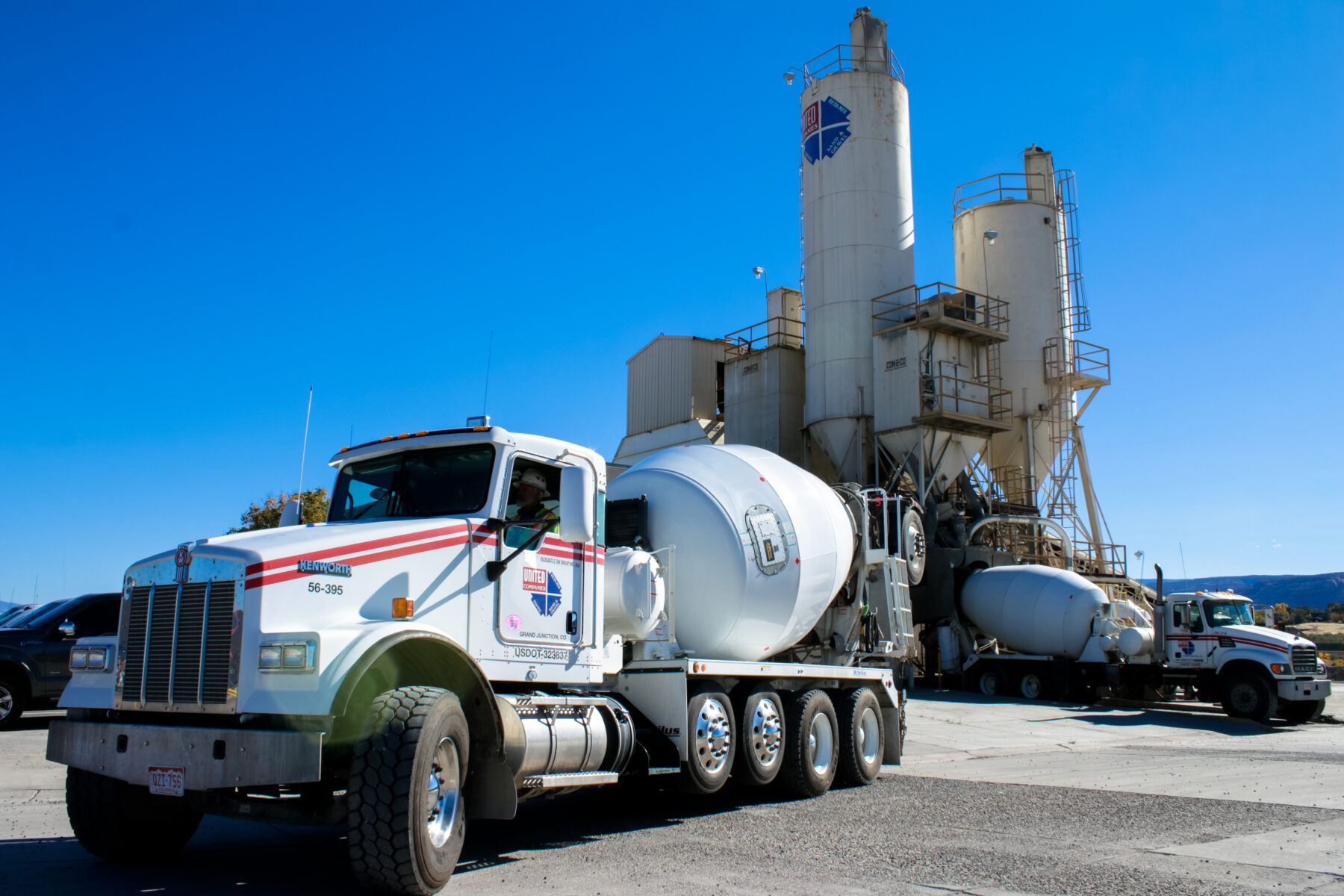Revolutionizing Construction: The Future of Self-Healing Concrete
April 16, 2024
Imagine a world where the concrete in buildings and infrastructure can repair its own minor damages, much like a living being. That kind of product obviously has amazing potential. Using specialized bacteria or repair-filled microcapsules, the concrete can mend itself. This results in long-lasting, low maintenance structures. It’s important to understand this unique self-healing concrete, its possible uses, and how it could impact the construction industry for better sustainability.
The Concept and Technology Behind Self-Healing Concrete
This material has the unique ability to automatically fix its own cracks, offering a new standard of durability in construction. One of the enabling technologies for this self-healing concrete involves bacteria. Certain harmless bacteria are added to the concrete mix, and when cracks form, these bacteria spring into action. The presence of moisture triggers the bacteria to produce limestone, which seals up the cracks.
Another process involves chemical reactions. Small capsules containing a healing agent are included within the concrete. In the event of a crack, these capsules burst and release the healing agent. Exposure to air triggers the hardening of this agent, effectively filling the crack in the concrete.
Shape-memory alloys form another part of this self-healing technology. These alloys return to their original shape if they are deformed, which pulls the concrete back together if it cracks. These innovative technologies increase the lifespan and durability of construction projects, reducing the need for manual repairs.
Advantages
Through its ability to self-repair, self-healing concrete extends the lifespan of structures, requiring less maintenance over time. This not only means economic savings but a revolution in the traditional understanding of infrastructure maintenance.
Taking an environmental perspective, the advantage of using self-healing concrete is undeniable. It reduces the need for frequent, energy-consuming repairs, thereby lessening the carbon footprint associated with construction. This results in a more environmentally friendly approach, beneficial for the immediate building and our planet as a whole.
On the topic of safety and dependability, self-healing concrete exceeds all expectations. It successfully upholds structural integrity over prolonged periods, leading to a decrease in possible hazard. This quality assures longevity and sustained functionality, even under harsh conditions, marking a noteworthy advancement in construction methods.
Challenges and Limitations
As is the case with all emerging technologies, there are challenges to overcome. However, continual development and adaptation are a natural part of innovation. This dynamic industry, just like the material it uses, is always on the move pushing towards the future.
Cost Considerations
One of the considerable barriers in the path of self-healing concrete acceptance is the initial expense. With a hefty price tag compared to its traditional counterpart, it tends to deter builders from immediate investment. An enhanced up-front cost acts as a deterrent for many organizations, despite the immense long-term benefits and cost savings this unique concrete formulation promises.
Environmental Limitations and Crack Size
Effectiveness in self-healing varies based on environmental conditions and the extent of damage produced in the form of cracks. Self-recovery of minor issues happens effectively. However, the healing ability lessens for larger structural cracks. Plus, severe environmental conditions can have a negative impact on the self-regeneration process, worsening the durability of the material.
Barriers to Adoption
Industry adoption is another big challenge. The construction sector, like any other industry, can resist change, often preferring tried-and-true methods over emerging solutions. Hesitation from the industry due to regulatory uncertainties and technical complexities also slows the broader acceptance and use of this promising material. Additionally, economic factors and the lengthening return on the investment timeline add to the resistance against self-healing concrete’s mainstream acceptance.
Current Applications and Future Outlook
Taking a quick review of the current scene, self-healing concrete is making its way into larger scale infrastructure projects, pointing to a promising future. One notable example is its application on a lifeguard station in the Netherlands, which is prone to wind and saltwater damage. It has shown remarkable longevity, with crack repairs proving minimal over an extended period.
Other test cases are those referenced for the development of Ultra-High-Durability Concreate (UHDC). It’s been used in punishing settings like geothermal energy plants and has proven to be incredibly resistant to damage. These case studies are testaments to the potential life-cycle cost-saving implications of this innovative technology.
Looking into ongoing research, the focus is straddling between enhancing its effectiveness and establishing affordability. Studies have been conducted on the use of different mineral additions like blast-furnace slag and fly ash in self-healing concretes, and the results are hopeful. Furthermore, microencapsulated healing agents are being explored to achieve better results with self-healing in polymers and composites. There’s also the continuous research on adhesive two-component systems with microcapsules embedded for activation and hardening. These are all promising ventures working towards improving the efficiency and reducing the cost of self-healing concrete.
The prospect of global market expansion for self-healing concrete is undeniably bright. The forecast for its growth is a strong valuation of $34.10 Billion in 2021 to reach $562.97 Billion by 2030, at a Compound Annual Growth Rate (CAGR) of 36.8% during the same period. This projection is supported by an increase of interest in large-scale infrastructure projects and the relationship between various governments in achieving long-term infrastructure goals.
Moreover, encouraging policies and regulations can expedite its standard use and wider acceptance. Complementing this, education plays a crucial part, as more knowledge exchange, training programs, and awareness campaigns are necessary to build the confidence and trust that can result in wider acceptance.
Advances in self-healing concrete are proving to be nothing short of amazing for the construction industry. These innovations promise a future where buildings and infrastructure aren’t just built, but able to regenerate and adapt. This material’s capacity to repair itself, reducing maintenance costs and enhancing longevity, makes it ideal in sustainable construction.

